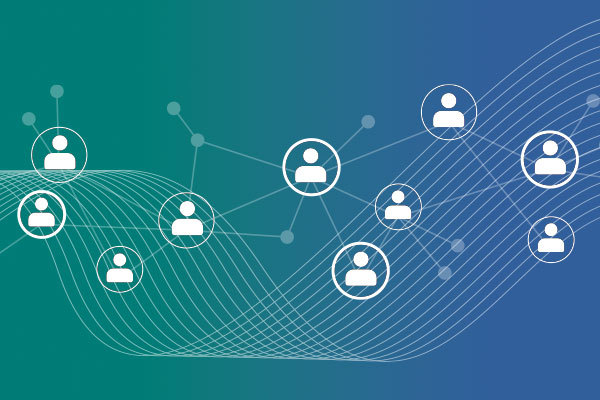Supply Chain Series Part III: Projecting the Future
By Lydia DiLiello, Capital Pricing Consultants
Apr 28, 2022
Table of Contents
In this final post of our supply chain series, Lydia DiLiello is back to discuss market trends and expectations for the foreseeable future and warns against the harms of inaction.
By: Lydia DiLiello, Capital Pricing Consultants
Lydia DiLiello is the founder of Capital Pricing Consultants and has been helping clients grow profitably for more than 25 years. Lydia lends her expertise to Zilliant for a three-part blog series on the current supply chain crisis that is dramatically impacting B2B companies’ costing and pricing decisions. Lydia recently appeared on our B2B Reimagined podcast – listen here.
Part I: Staying Afloat in a Time of Crisis
Part II: Take Immediate Pricing Action
Where is My Crystal Ball?
In Part I of this blog series, we discussed the historical events that created and are sustaining supply chain disruption; the global economy and geopolitical events that continue to fuel the mess; and the short- and long-term plays to protect your company’s revenue and profit streams.
In Part II, we recommended immediate actions to ease the impact on your company’s overstressed employees, customers and the bottom line.
In this final segment, we forecast expectations for 2022 and 2023.
Where to begin? Well, if ever there was a topic fraught with the “knowns” versus the “unknowns,” supply chain disruption is the poster child. Albeit an unruly, unpredictable one, capricious and often extreme.
The knowns:
Increasing inflation Continued supply chain disruption driven by COVID and geopolitical issues The war in Ukraine driving dramatic global price increases
Word on the Street-The Wall Street Journal that is:
On April 26, the WSJ published an article, “World Bank Projects Elevated Energy, Food Prices, Keeping Upward Pressure on Inflation.” The article made some unsettling assertions that go into our “known” category regarding inflation and the war in Ukraine.
Food prices have increased nearly 23% in addition to the 31% increase in 2021 While nearly doubling in 2021, global energy prices increased an additional 50% year-to-date The US Consumer Price Index hit afour decade high of 8.5% The Federal Reserve intends to raise interest rates by 50 basis points in May 2022, in addition to the 25 basis point increase in April 2022
Translation: Our basic needs of food and shelter (heating and cooling of homes, offices and factories and the ability to run them) have become dramatically more expensive and are expected per the WSJ to remain that way into 2023 and 2024.
“The World Bank expects commodity prices to remain elevated for years to come, as the war in Ukraine alters how commodities are traded, produced and consumed around the world.”
Further, China’s intermittent lockdowns of ports continue. Hopes of a return to a more consistent and predictable supply chain have now evaporated.
“The institution (International Monetary Fund) warned that recent lockdowns in key manufacturing and trade hubs in China would likely compound supply disruptions elsewhere. China’s zero-tolerance approach to COVID-19 is battering consumer spending and hurting industrial production in an economy grappling with a real estate crunch and a regulatory crackdown on industries including technology and education.”
Navigating the Unknowns
With this kind of “known” information, does anyone really want to prognosticate about the “unknowns?”
Here’s my take: Instead of spending time on ”what-if’s” and “maybe’s” let’s refocus ourselves and our organizations on active steps to promote control where we can and mitigation where we can’t. For example, in Part II we covered six different key actions to take right now to help alleviate the challenges of inflation and supply chain disruption. They bear repeating here.
Use whatever data you have available Increase prices Review all short- and long-term contracts Shorten quote dates Rationalize product to be sold Don’t procrastinate
Read more: Can a Product Alternative Strategy Help You Navigate the Broken Supply Chain?
Don’t Give Up - Inaction Is NOT an Option
Remember that inaction is a choice. Make intentional decisions on the above recommendations and track the results. Doing nothing guarantees profit degradation!
In this unprecedented global business climate, make the best decisions you can every day with what you have available and then begin again tomorrow.
As Albert Einstein said, the definition of insanity is continuing to do the same thing over and over and expecting a different result. Continued inaction will net the same continuous negative impact to your bottom line. Make choices and execute.



